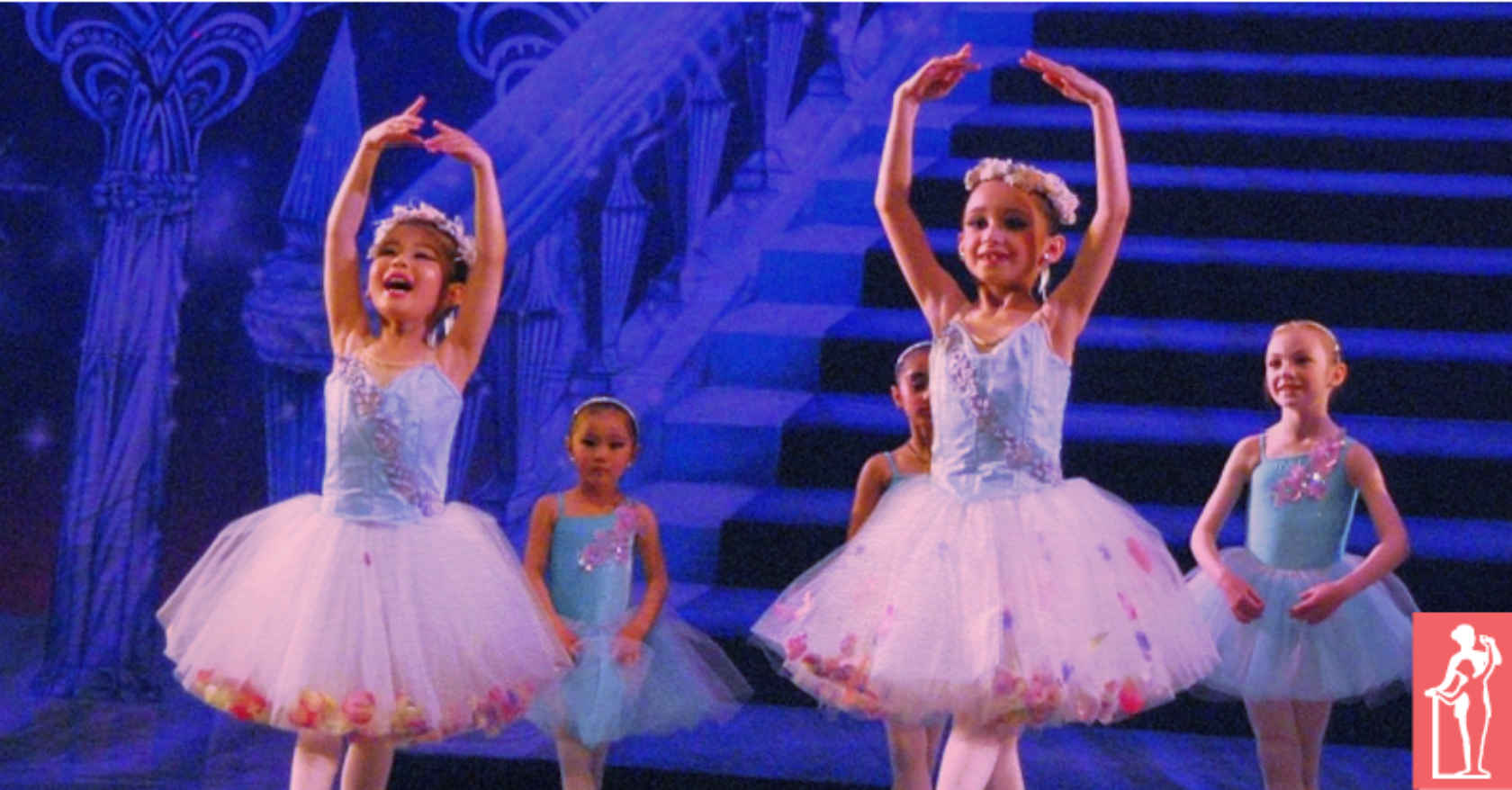“Never let an opportunity go without adding your enlightening [movement] to further the cause of the loftiest, oldest, most profound of the arts and, in so doing, I sincerely believe that you will be serving humanity as a whole.”
– Ted Shawn
As recital season approaches, many of us are currently in the throes of choreography for recital, or year-end performance at our schools. This can be a very stressful experience for some, but it’s also, as Ted Shawn implies, an amazing opportunity to share some of ourselves with our students and with the world.
Perhaps you’re like I once was and didn’t even know where to begin. Some teachers have not had a lot of opportunity to choreograph, but now find themselves responsible for creating a complete choreographic work for a group of 9 year old students. “Where do I start!?”
Ruth Brinkerhoff wrote a great article a few years ago called “Choreographic Advice for Dancers From Some Famous Choreographers.” It provides some great tips we should keep in mind while creating dances for our students as well as giving good ideas for subject matter, and sources of inspiration for movement.
1. Choosing Subject Matter for Dances
“The subject matter of a dance is of prime importance to the choreographer. It is his or her source of inspiration; it directs the choreographer’s feelings and determines the final form and expression of the dance. In choosing a subject to dance about, choose something important to you, something you feel inspired to be expressive about, something you can perhaps see in a way that is a little different from the usual.”2. Use Emotion and Feeling
Brinkerhoff’s basic message here: “Keep it low key so far as feelings are concerned. This will enable the audience to relate more easily to your ideas.” Many times, especially with young ones, the emotions of the dance are not varied. Mostly, expressing happiness is the theme, and that is enough of a challenge! Telling a group of 3 year old students to smile and have fun can, to them, seem impossible because of how hard they are trying just to overcome their stage fright. Help them by talking about the experience in the weeks leading up to the performance. Describe the theater to them, what the performance day will be like and what is expected of them on the stage itself. If you are teaching older ones, the spectrum of emotions can be a lot more varied. The story of the dance can also be more complex and relay a more sophisticated message to the audience.A good choreographer keeps the audience wondering what is coming next, like a good book will do. A good dance inspires the audience to dance in their own minds, and to explore the ideas in their own imagination.”
3. Connect the Dots!
Tamara Karsavina, Principal Artist of the Imperial Russian Ballet, one of the founders of the Royal Academy of Dance, choreographer, and teacher who taught teachers until she retired at the age of 92, said “a dance is like a string of pearls.” The main steps and positions included in the dance are the pearls, and the connecting steps are the string that holds the pearls together. If the string is weak, or frayed, or carelessly tied, the pearls will fall apart and be lost. Be sure to connect the parts of your dance in a way that will flow smoothly, and make sense to the audience. An incredible image for a very important principle: do not disregard the connecting steps. How the steps link to one another is just as important as the steps themselves, since they are, after all, the string that holds the necklace together. Implement this principle when deciding how dancers will move from shape to shape on the stage and how the sections of the dance will be connected throughout.4. Where To Find Ideas
- Art works: visual arts, music, literature, drama, etc.
- Physiology: movement possibilities within your own ability, or that of the dancers who will perform your work.
- Religion: your feelings and beliefs and understandings of the universe, and of life.
- Psychology: the interaction of persons with each other, or with themselves.
- Nature and every day life: many subjects are possible in the real world around us, that we live in every day.
- Science and technology: these areas are expanding and improving very rapidly–add imagination of what may be discovered or invented next, and the possibilities are endless.
- Items and actions used in everyday life: such as, what could be done with a umbrella? Or a book? From everyday life we can expand on variations and extension of simple familiar actions that we all perform every day.
5. In Closing
Keep your dances short. Most famous solos in the classical ballets last only about a minute, maybe two. In arranging your movements use some repetition, some variety, a surprise if it fits your theme. Keep the costume simple, appropriate for the subject and the audience. Keep your subject matter simple, easy to understand, easy for an audience to relate to. Be sure the music fits what you want to say. Use just a touch of feeling. Create a sense of anticipation. Leave your audience wanting more. Related Articles- Six Choreographic Guidelines for Threes
- 10 Ways to Make the Most of Recital Night
- Quality in Performing
- Preparing for Recital
From article “Choreographic Advice for Dancers from Some Famous Choreographers” by Ruth H. Brinkerhoff. Used with permission.



Comments
No comments for this post.
Add Comment